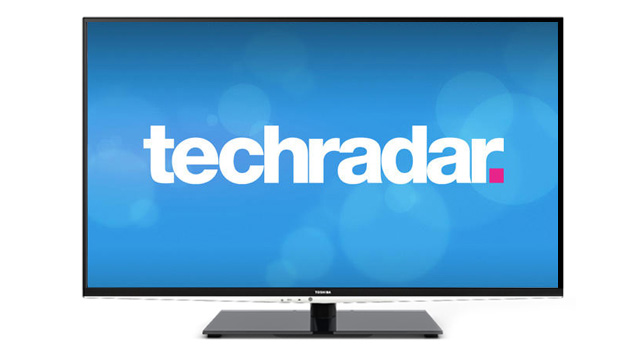Why you can trust TechRadar
Cycling through the picture presets on the Toshiba 55VL963 is a bit like blind-tasting baked beans. Some are unpalatably rich, while offers are washed out and watery.
The best transpires to be Hollywood 1. A tasty concoction of fine detail, controlled colour and nuanced blacks, it's a world away from the horror show that is Dynamic, or frankly anything with AutoView enabled.
While the screen is designed to give maximum eye-candy for minimum effort, there is a fair amount of calibration control offered deep in the menus. There's not much that can be done about the gently crushed blacks, compressed to provide maximum contrast, but there's shadow detail in darker scenes to be extracted.

Night scenes are convincingly nocturnal and pleasingly smooth. Colours are fruit-bowl rich, with reds and golds looking particularly ripe.
When watching an HD source, ensure that you have the screen ratio set to Native to prevent the set enthusiastically overscanning. There are some backlight uniformity issues caused by the edge-mounted LEDs, but nothing too serious.
In truth, this is not a screen that handles motion resolution with any great skill, despite the Active Motion AMR400 branding. With AMR disengaged, the panel unsurprisingly looks bleary with motion. We clocked clarity at around 650 lines. In Standard and Middle modes, the Active Motion processor delivers a noticeable improvement, up to around 800 lines.

Motion artefacts, usually seen as smudgy blurs around moving objects, are not intrusive, although horizontal pans did exhibit minor judder. Things smooth over on the High setting, but motion nasties become evident as a result.
Arguably this is a bit academic; since all of the set's Active Motion options create a phasey stutter with certain horizontal 1080i movement (standard test footage of a car travelling across the screen appears to ripple).
This quirk isn't evident with AMR400 turned off. Admittedly as a foible it's not generally evident, but it still registers a processing fail in our book. Let's hope the issue can be addressed with a firmware update.
The TV's 3D is polarised passive, rather than Active Shutter. Four pairs of lightweight glasses are provided in the box, and you can always add more by filching used Real 3D eyeware from your local multiplex.
There's a drop in resolution compared to Active Shutter's Full HD presentation, betrayed by jaggy verticals, but the viewing experience is undeniably comfortable. And if you sit square on, double imaging and flicker isn't an issue, either.
Steve has been writing about AV and home cinema since the dawn of time, or more accurately, since the glory days of VHS and Betamax. He has strong opinions on the latest TV technology, Hi-Fi and Blu-ray/media players, and likes nothing better than to crank up his ludicrously powerful home theatre system to binge-watch TV shows.

